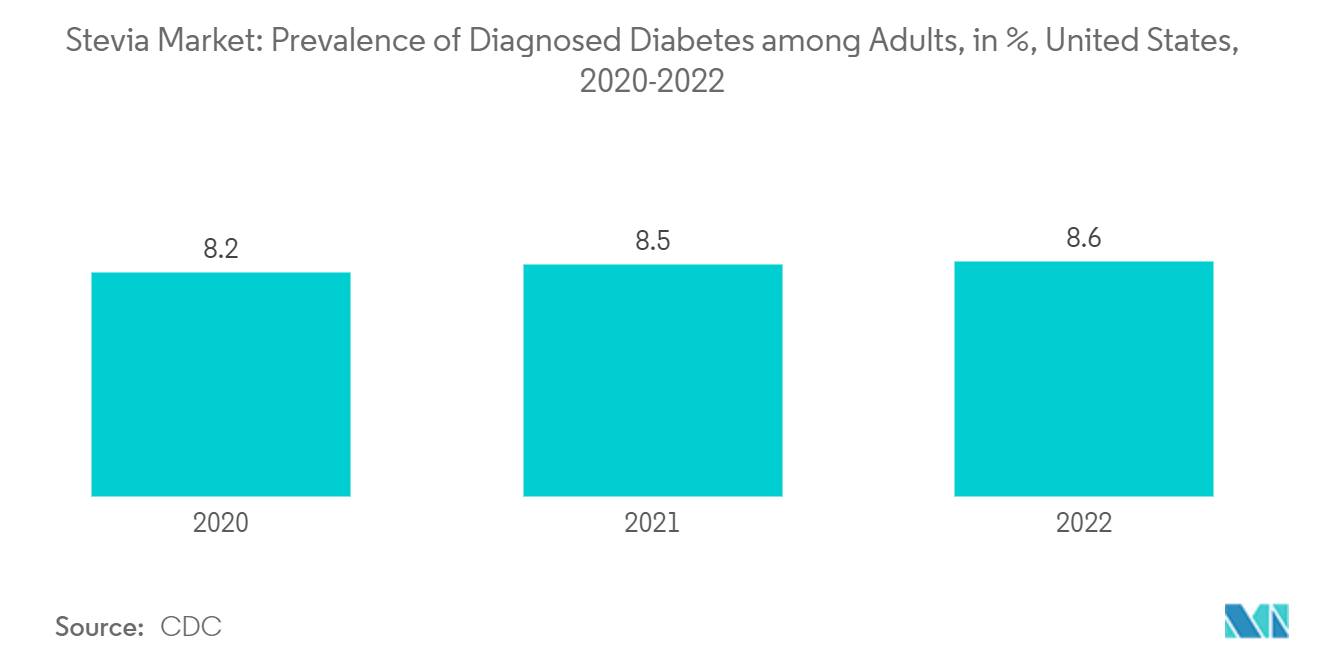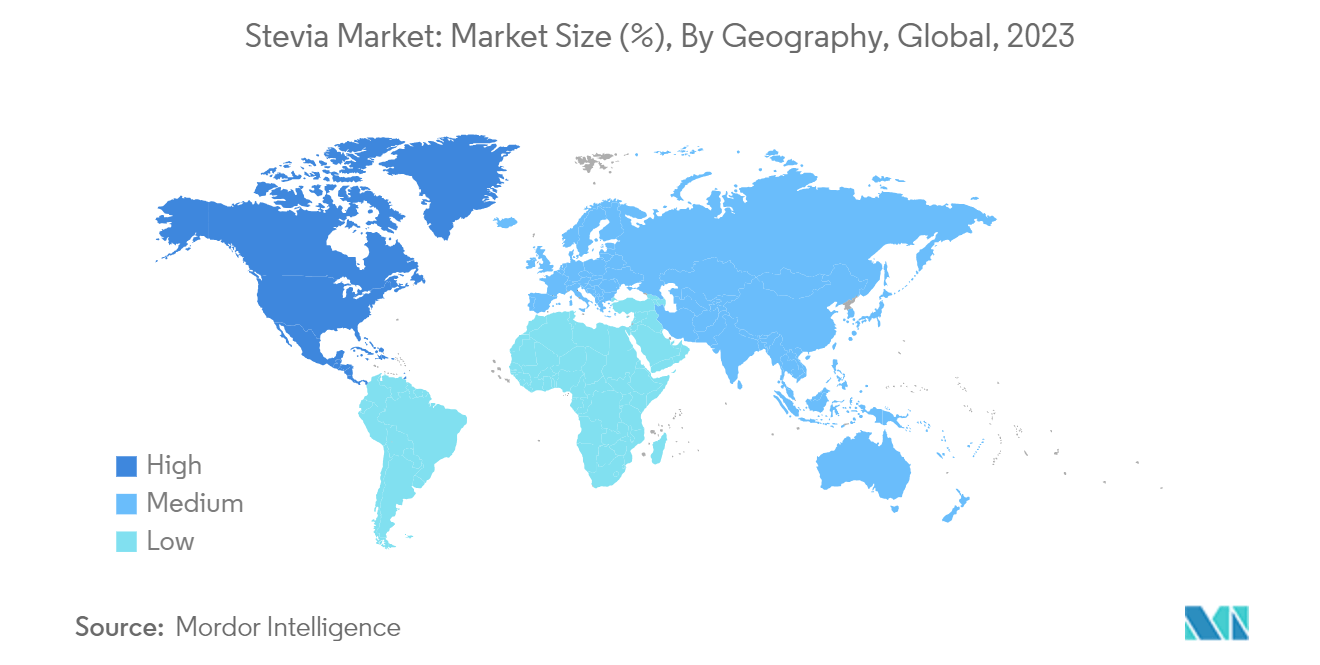Market Trends of Stevia Industry
Surge in Demand for Natural Sweeteners
Rising preference for low-sugar or no-calorie diets due to the growing prevalence of obesity and diabetes drives global demand for natural sweeteners, including stevia. According to the International Diabetes Federation (IDF), Diabetes Atlas 10th edition 2021, approximately 537 million adults aged between 20 and 79 had diabetes. The total number of people living with diabetes is projected to rise to 643 million by 2030 and 783 million by 2045. Diabetes also caused 6.7 million deaths in the same year. Therefore, there has been an increasing interest in sugar alternatives, driven by concerns over the adverse health effects of consuming too much sugar. Artificial sweeteners have been popular for decades, but concerns have been around their safety and potential side effects. As a result, many health-conscious consumers have been turning to natural or plant-based sugar substitutes, such as stevia. These sweeteners are derived from natural sources and are often perceived as healthier alternatives to artificial sweeteners. Other novel sweeteners with intense sweetness or taste-modifying properties are also being developed. These sweeteners are extracted from plants and have been found to have a much sweeter taste than sugar, with little to no caloric content.

Asia-Pacific Dominates the Market
Several factors, including increasing demand from the beverage sector, growing concerns over diabetes and obesity, and regulatory restrictions on certain artificial sweeteners, drive the growth of the stevia market in the Asia-Pacific region.
As mentioned, the beverage sector has been a significant driver for stevia in the region. This is because many consumers are looking for low-calorie alternatives to sugary drinks, which have been linked to rising rates of obesity and diabetes. In response, beverage manufacturers are substituting sugar with stevia as a natural, calorie-free sweetener in various products, including soft drinks, juices, and teas. There has been a growing demand for clean-label ingredients, with consumers becoming more conscious about what they consume and preferring quality over quantity. Growing awareness of the health benefits of natural sugar substitutes and a favorable regulatory outlook have also contributed to the growth of the stevia market in the region. Consumers are increasingly looking for genuine, plant-based alternatives to artificial sweeteners, and regulatory bodies support this trend by approving stevia as a safe and effective food additive. Japan has yet to progress toward achieving the diet-related non-communicable disease (NCD) targets, according to the Global Nutrition Report, 2022. According to estimates, 6.0% of adult men and 4.3% of adult women (aged 18 years and over) in Japan were obese.

